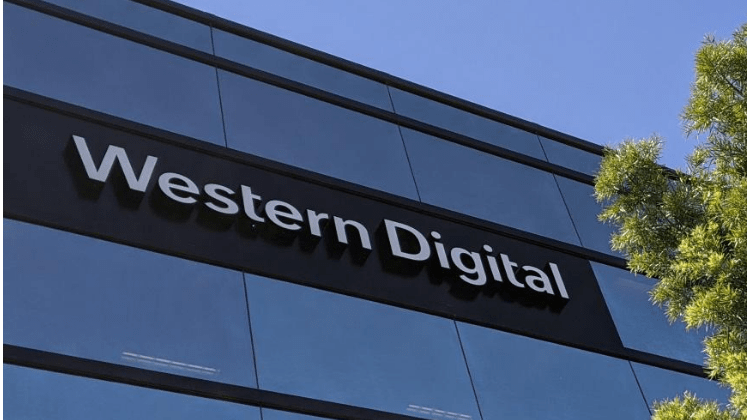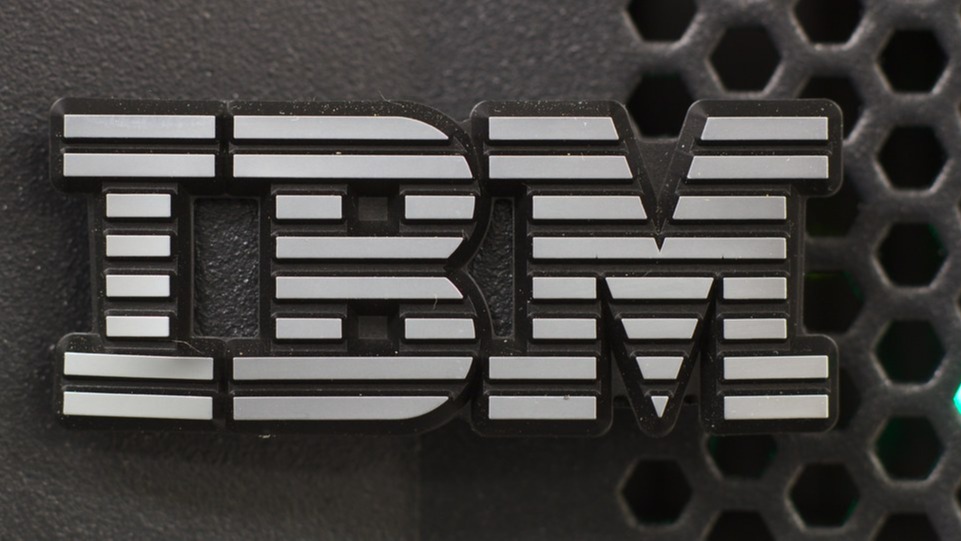IBM has released the third generation of its most advanced family of AI models to date, the Granite language models, at its annual TechXchange event on Monday.
Released under the Apache 2.0 license, Granite 3.0 open-source models are designed for enterprise clients, delivering tasks including Retrieval Augmented Generation (RAG), classification, summarisation, entity extraction, and tool use.
IBM explained that many large language models (LLMs) are trained on publicly available data, leaving most enterprise data untapped.
The new Granite model is combined with enterprise data through InstructLab with the aim of enabling task-specific performance at reduced costs.
Introduced by IBM and RedHat in May, InstructLab is an open source project designed to lower the cost of fine-tuning LLMs by providing communities the tools to update them without having to retrain the model from scratch.
IBM said the Granite 3.0 models were trained on more than 12 trillion data tokens from 12 different natural languages and 116 different programming languages.
It added that by the end of the year, the 3.0 8B and 2B language models should include support for an extended 128K context window and multimodal document understanding capabilities.
Additionally, IBM has introduced an upgraded variant of its pre-trained Granite time-series models, the first versions of which were released earlier this year, aiming to offer higher performance.
According to IBM, these new models are able to outperform larger models including Google, Alibaba and others.
IBM also offers an intellectual property guarantee for all Granite models on Watsonx, aiming to offer more security and transparency to enterprises seeking to merge their data with the models.
Watsonx is IBM's commercial generative AI and scientific data platform based. The cloud-based platform, which supports multiple LLMs along with IBM’s Granite, offers a studio, data store, and governance toolkit.
Latest News
-
US pauses UK tech prosperity deal over wider trade disputes
-
Ofcom investigates BT and Three after summer outages disrupted 999 calls
-
Monzo announces plans to buy digital mortgage broker Habito
-
Technology secretary launches Women in Tech Taskforce
-
Asahi weighs dedicated cybersecurity unit after ransomware disruption
-
Crypto exchange HashKey ‘raises $206m’ in Hong Kong IPO
The future-ready CFO: Driving strategic growth and innovation
This National Technology News webinar sponsored by Sage will explore how CFOs can leverage their unique blend of financial acumen, technological savvy, and strategic mindset to foster cross-functional collaboration and shape overall company direction. Attendees will gain insights into breaking down operational silos, aligning goals across departments like IT, operations, HR, and marketing, and utilising technology to enable real-time data sharing and visibility.
The corporate roadmap to payment excellence: Keeping pace with emerging trends to maximise growth opportunities
In today's rapidly evolving finance and accounting landscape, one of the biggest challenges organisations face is attracting and retaining top talent. As automation and AI revolutionise the profession, finance teams require new skillsets centred on analysis, collaboration, and strategic thinking to drive sustainable competitive advantage.
© 2019 Perspective Publishing Privacy & Cookies











Recent Stories